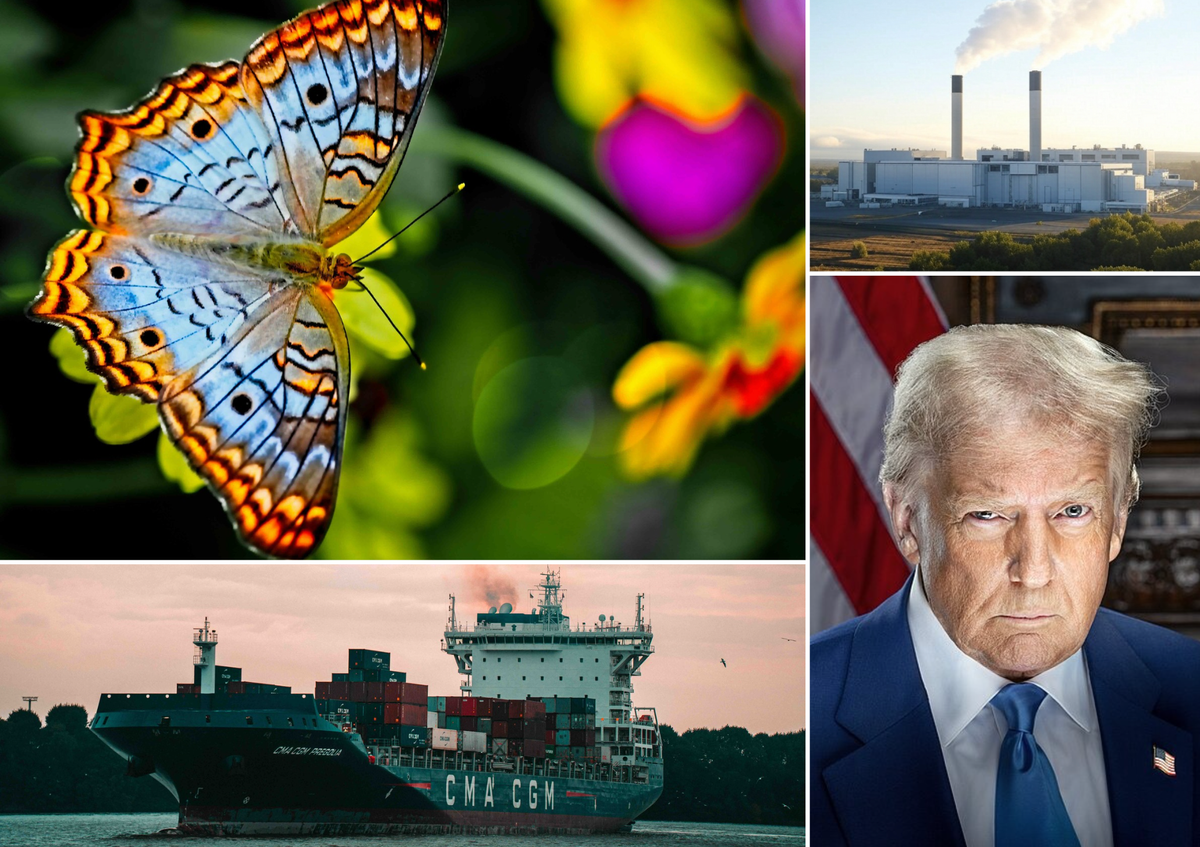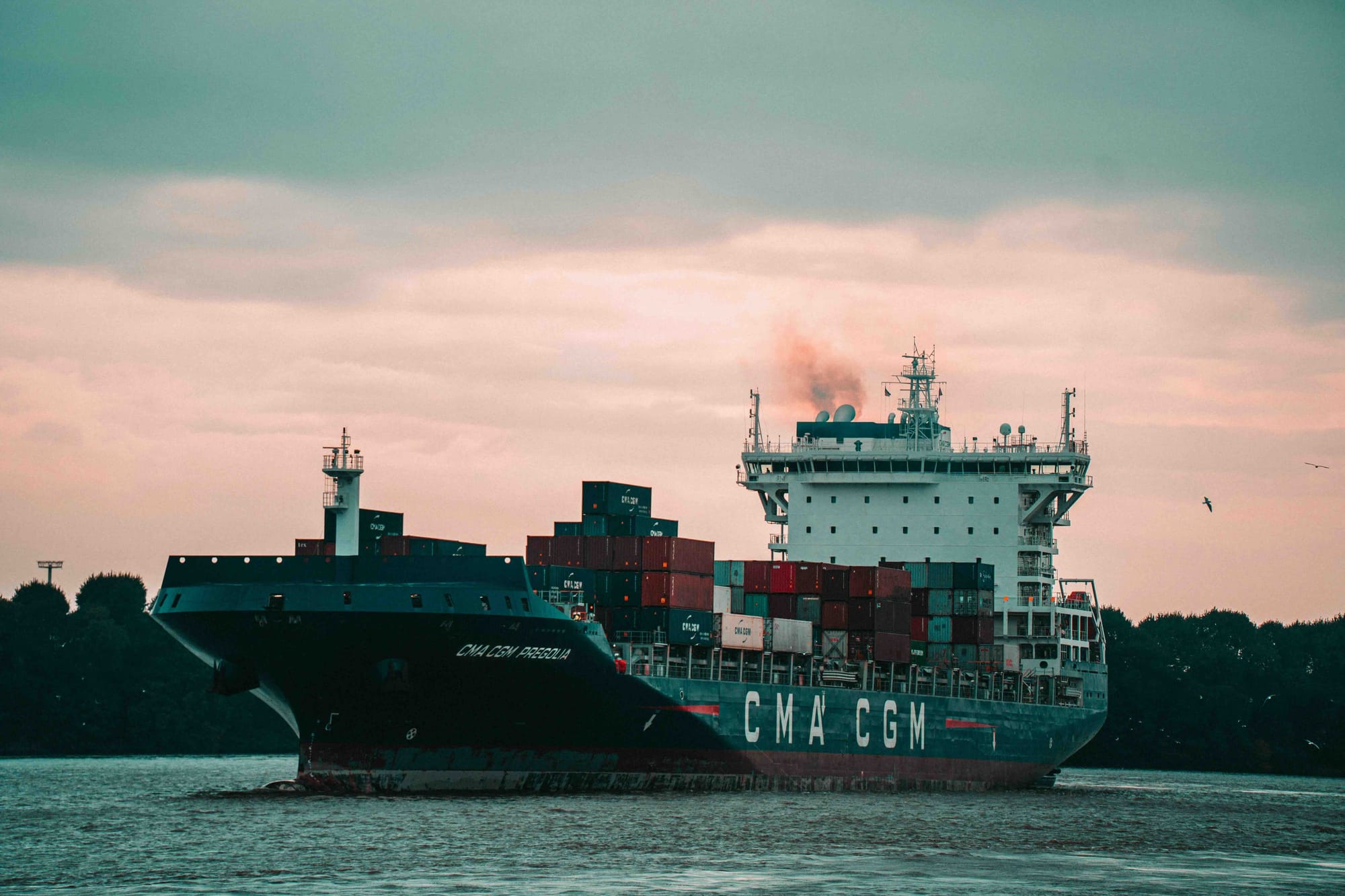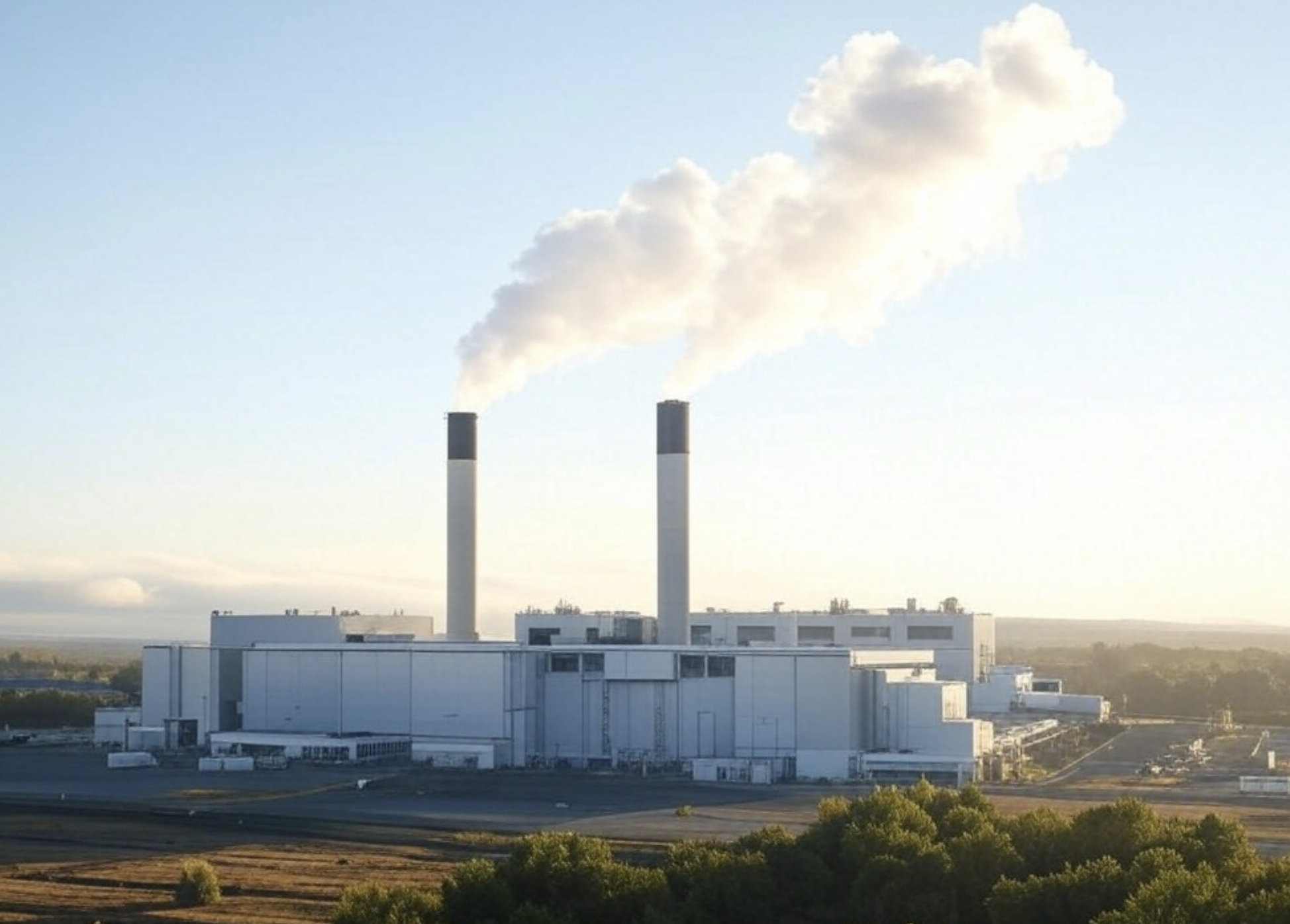Battling the butterfly effect: Trump, digital twins and supply chain security
Can AI simulations do the impossible and enable us to predict the future?

The world has never seemed so unpredictable. To anyone who lived through the rules-based international order of the late 20th and early 21st centuries, the moment we're living through right now feels utterly chaotic.
We have President Donald Trump in the White House, with Elon Musk at his side. The West's rivals are gathering strength, with a "Four Eyes" alliance threatening to upend the global balance of power. Meanwhile, we are living under the spectre of AI, which is changing our society at shocking, dizzying speed. What's going to happen next? No-one knows.
Yet the truth is that the future was always difficult, if not impossible, to forecast. The butterfly effect - a concept from chaos theory - is one of the many reasons we can never truly know tomorrow. This famous idea suggests that small changes in initial conditions can lead to vastly different outcomes. It's illustrated by the metaphor of a butterfly flapping its wings in one part of the world and causing a tornado elsewhere weeks later.
Whether or not you find this concept accurate or useful, it does contain an essential truth. A small event can have a major impact. And there's absolutely no telling what that event will be and where it will strike.
Whilst the future remains essentially unknowable, AI and digital twin technology are now enabling organisations to simulate their supply chain or other complex systems in the hope of predicting disaster before it strikes.
To understand the impacts of this technology, we spoke to Jonathan Barrett, CEO of Kallikor (pictured below), which lets businesses model complex scenarios to "rehearse future realities" and optimise operations accordingly.

What is digital-twin technology and how does it help businesses navigate unpredictable butterfly effects within supply chains?

“Visibility remains one of the biggest issues businesses continue to face. Only 6% of companies have a total view of their operations, and close to 70% don’t have any visibility at all. Today’s businesses are deeply interconnected, and so building resilience into your business starts with being able to not just monitor internal operations for disruptions, but understand the broader network-level impacts of different events.
"Whether it’s geopolitical events, freak weather conditions or a network outage - the key is understanding how these events risk performance when it comes to resilience, productivity, flexibility and delivery. This is where new technologies can make a huge difference.
"Solutions like AI-powered digital twins can create a virtual replica of supply chains to provide a visualisation of each location, supplier, logistics hub, warehouse and transport movement in your operations. By using synthetic data - powered by AI - businesses can test how different events might impact their business, allowing them to understand the ‘butterfly effect’ at all levels - whether it’s localised in a single warehouse or felt across the entire production line. Running these simulations allows companies to build responsive action plans, ensuring they’re ready to act when disruptions occur.”
How can AI be trained with synthetic data about unforeseen events to help it prepare for future scenarios?

“The average time it takes for a business to respond to a supply chain disruption is two weeks - which might not seem long, but over the course of a decade, this can cost a business nearly half of one year’s profit.
"Typically, AI is trained on historic data from real past events so it can spot patterns and come to a judgement about what’s likely to happen in the future. However, with so much uncertainty in our economy, businesses need to switch from a reactive to a proactive approach to future-proof their operations. Kallikor’s approach is to use advanced simulation to create future scenarios that are entirely plausible but may not have happened before.
"By using solutions that combine AI with simulation, decision makers can run millions of future scenarios, choose which to focus on, create detailed plans, and rehearse, so that if that event were to occur in real life, businesses can respond quickly, saving time, money and customer trust."
There was a shortage of Guinness last Christmas. Could digital twin technology have helped?

"In the case of Guinness - or any other major brand caught out by spikes in demand - the supplier could have used more effective use of AI-powered forecasting to anticipate how a sudden surge in sales, caused by a successful online marketing campaign coinciding with other demand drivers, might impact supply chains and make the necessary changes.
"Without the ability to see beyond the horizon and plan for these events, Guinness wasn’t able to fully benefit from the surge in popularity, and the outcome was that a lot of consumers turned to its competitors instead. Sales of Murphy’s, for example, went up by over 600% in December."
How will supply chain risks evolve in 2025 as Trump takes office?

"Since Trump’s inauguration, businesses have felt whiplash when it comes to suggested tariff changes under the new administration. Threats to impose 25% tariffs on China, Mexico and Canada, as well as suggested EU levies, have left many businesses asking what the impact will be. Fundamentally, the answer is: we don’t know.
"Right now, businesses just want quick answers to urgent questions about how these changes are going to impact their operations. Managing any further complexity and uncertainty under Trump’s administration in supply chains requires a level of visibility that is simply beyond the means of many profitable and perfectly viable businesses.
"Even if there’s not an initial shock to businesses but instead a slow erosion of long-term productivity, many businesses will struggle to spot this and understand the long-term impacts unless they have data-led predictive capabilities.
"Being prepared means using the latest in AI – combined with digital twin and simulation technology – that can replicate supply chain environments and provide a view forward through the uncertainty with generated outcomes and recommended solutions on how to respond.
"In an increasingly volatile market, businesses will benefit from tapping into these tools for future planning, whether it’s in preparation for changes under Trump or something more proactive like entering new markets or taking on new customers. Agility is the name of the game."
How are big businesses using large-scale industrial digital twins?
“The gaming world is a relatively untapped source of tech innovation for businesses, but we’re starting to realise the huge potential these technologies can have in addressing real-world challenges.
"Hardware like VR and augmented technology is increasingly being used to help train surgeons and pilots, and sophisticated databases developed for games like Football Manager are now being used by real coaching staff to understand player profiles.
"In a similar vein, digital twins and simulations have huge potential for the supply chain sector and at Kallikor we’re using technology originally used to develop expansive open-world computer games to create virtual replicas of supply chain and warehouse operations. By using AI-powered simulation, decision makers can play out scenarios and rehearse responses in a safe space, learning what they need to do to avoid a ‘game over’ event in real life.
"Having ‘multiple lives’ in this capacity is also powerful when applied to training and testing the AI that controls robotics. Stress testing them in this way ensures they’re effective and safe in a real-world setting, like a warehouse. Tech giants like Nvidia are leading the way in the physical AI space, releasing new tools including ‘Mega’ which uses omniverse technology to build industrial robot fleet digital twins."
What is the most promising tech to secure supply chains and respond to the growing threat to critical national infrastructure (CNI)?

"Combatting rising threats from cyber attacks, and disruptions caused by issues within the supply chain, means shifting from a reactive to a proactive defence strategy. When it comes to CNI, where the stakes are incredibly high, this means plugging in the right technologies that bolster planning capabilities.
"As mentioned, digital twins help humans visualise the complex spider web that makes up global critical supply chains, and with this technology, they can pinpoint areas of vulnerability and take the necessary next steps to buttress operations. Simulations and AI-powered insights also help leaders identify weaknesses they might not initially spot until a disruption happens, but by playing out a scenario virtually, they can identify blind spots or vulnerabilities that can be rectified before the worst happens.
"Widespread adoption of these technologies will be accelerated by more investment from national governments like the UK, which is increasingly turning to AI to enhance the robustness of CNI."
Have you got a story or insights to share? Get in touch and let us know.




